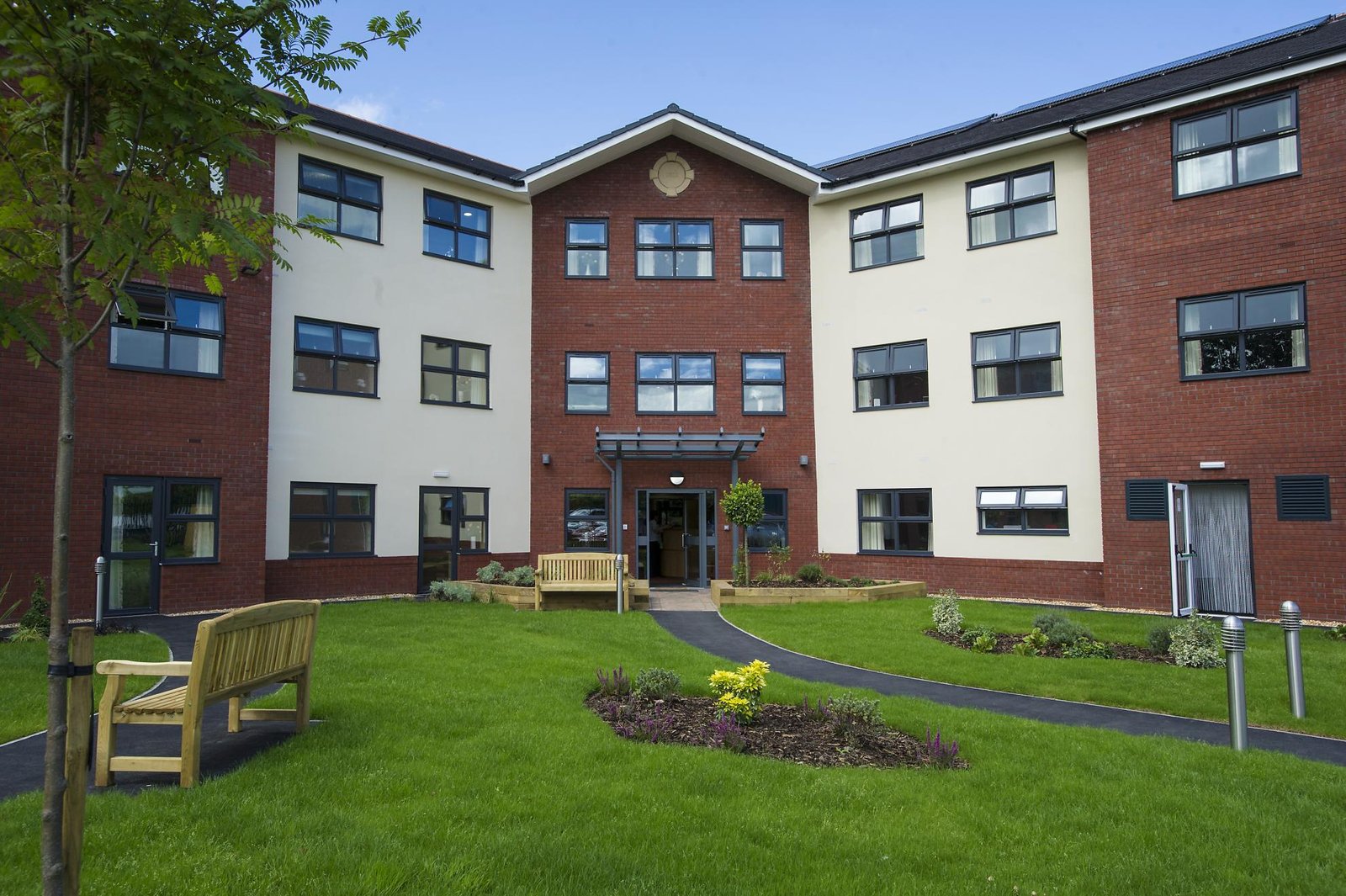
CQC Chief Admits Care Home Ratings Are Unreliable
The head of the Care Quality Commission (CQC) has admitted that its care home ratings can no longer be trusted by the public, as reported by The Sunday Times.
Sir Julian Hartley, the CQC’s Chief Executive, acknowledged that the regulator has “lost its way,” with too few inspections and outdated reports failing to reflect the current quality of care.
In a damning assessment of the CQC’s own operations, Hartley described the IT system introduced to streamline inspections as “a complete failure.” He revealed that crucial reports had been lost, information couldn’t be recorded properly, and in some cases, safety concerns raised with the CQC were not being tracked—resulting in a backlog of 5,000 unresolved alerts.
“If you’re thinking about where to put your mum in a care home, you want to have reliable, up-to-date information,” Hartley admitted. “Effectively, the CQC is not delivering on its operational performance. It’s not delivering for people that use services and patients.”
The scale of the issue is significant. In the past year, the CQC conducted just 2,500 inspections—down from 15,800 in 2019 across care homes, hospitals, and GP practices. The average age of an inspection report is now four years, the highest since the regulator’s creation in 2009.
Hartley also raised concerns about the CQC’s ability to identify risks, stating: “I’m particularly concerned that as a regulator, we’ve not got public confidence in our expertise and our ability to spot risks.” To address these failings, he has initiated a “truth and reconciliation” process, seeking feedback from CQC staff to drive internal reforms.
“My ambition in this job isn’t to bring more prosecutions. It’s for people to get better care,” he said. “We don’t think the amount of time that’s passed since someone experienced harm should be the deciding factor in terms of taking forward a prosecution.”
Hartley also acknowledged the need for cultural change within the CQC itself. “What it highlights is how vital it is to have a positive, open culture and psychological safety within any health and care organisation. As the regulator, we should be role-modelling that.”
At HLTH Group, we recognise the vital role the CQC plays in upholding care standards across the sector. The challenges highlighted by Sir Julian Hartley reflect a need for improvement, particularly in ensuring that inspection ratings remain current and reflective of services today. However, it is encouraging to see the CQC taking steps to address these issues and restore public confidence in its regulatory function.
As a compliance and governance specialist, we regularly support providers with CQC benchmarking—particularly those who have not been inspected in over four years and want to understand how they would currently fare under the Single Assessment Framework. By conducting detailed mock inspections, we help providers identify strengths, address areas for improvement, and ensure they remain aligned with regulatory expectations.
While the CQC works to strengthen its processes, it is essential that providers remain proactive in assessing their own compliance. HLTH Group remains committed to supporting services in maintaining high standards and ensuring they are well-prepared for future inspections.

